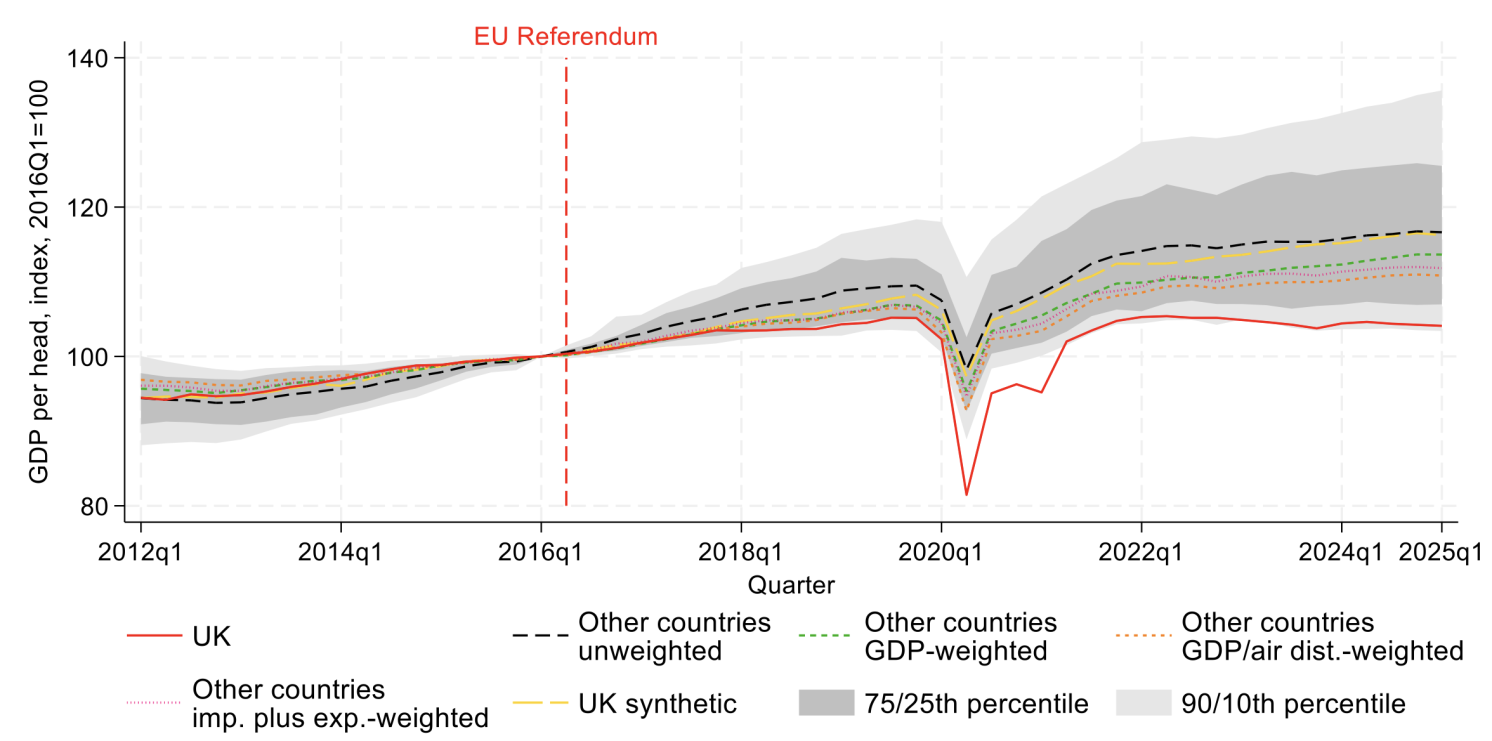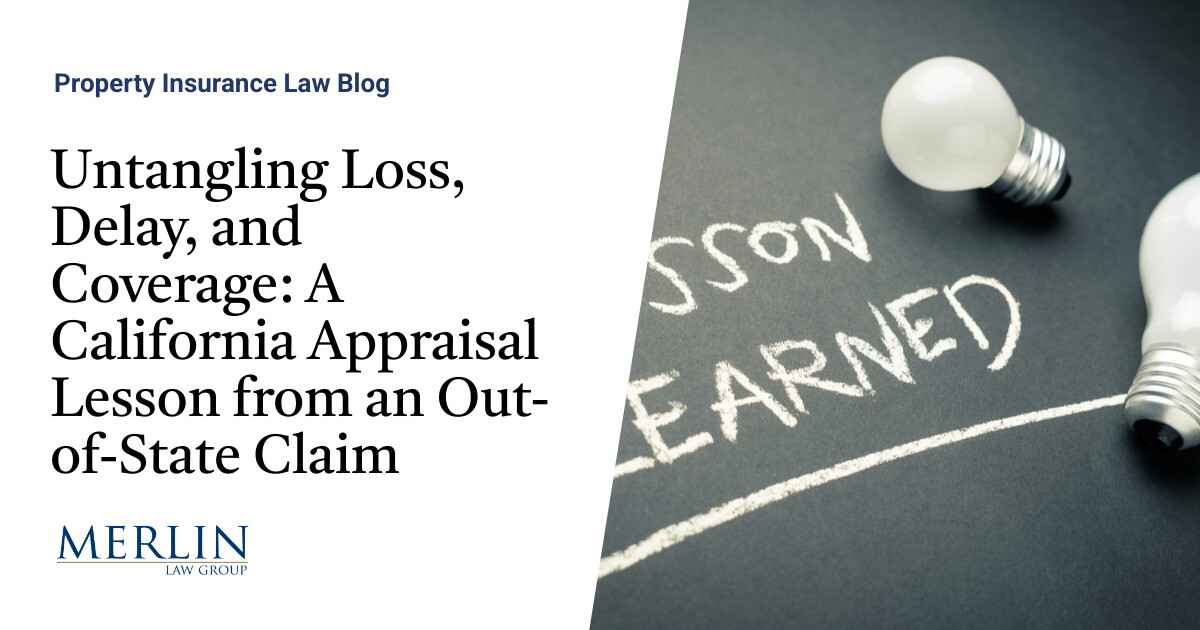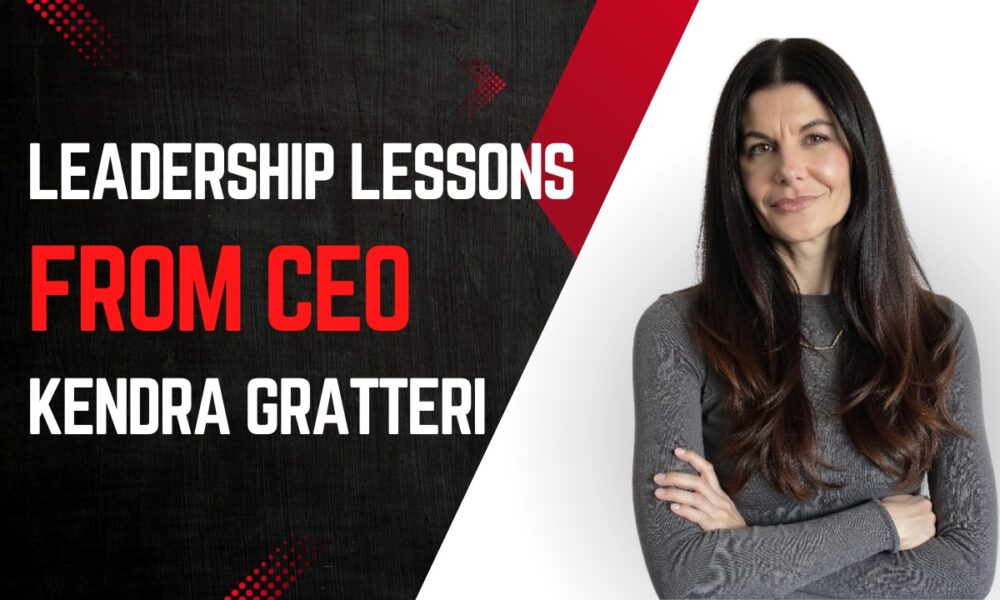Speculation is rising that the Federal Reserve is done raising interest rates. Traders in futures markets agree that the likelihood of another rate hike is low.
This is also where the consensus ends because we do have a few ways interest rates can change over the next year.
It’s possible the pundits and traders are wrong. The Fed could in fact raise rates. We would see that happen if inflation shot higher again, although that seems unlikely.
Remember how in May 2020, inflation was 0.1%. Economists and traders were worried about deflation. Two years later, inflation was 9%. No one was thinking of deflation anymore.
Right now, it’s unlikely inflation will move sharply higher from here. Government stimulus checks were responsible for some of the earlier inflation. Without free money from the government, consumer demand is unable to keep up with higher prices like it was in 2020.
If inflation doesn’t rise, interest rates that the Fed controls shouldn’t increase, either. There’s a caveat in that sentence … interest rates that the Fed controls.
You see, the Fed controls short-term rates. The market, on the other hand, sets long-term rates. Long-term rates are what most of us care about.
Long-term rates are the ones that determine how much car loans and mortgages cost. These are more important than the Fed funds rate, which is the rate banks pay on overnight loans they make to each other.
The Fed pushed short-term rates above long-term rates. This was necessary to get inflation down. But it created an abnormal situation because long-term rates are usually higher than short-term rates. That’s why 15-year mortgages carry lower rates than 30-year mortgages.
A Return to Normal?
Now with inflation under control, we can get back to normal. That means long-term rates will eventually be higher than short-term rates. We can get there in one of two ways…
The best outcome would be to see long-term rates and short-term rates both fall. We all hope for that.
The other alternative is for short-term rates to fall while long-term rates rise or hold steady. This means the Fed can declare victory by returning the economy to normal. However, consumers would continue to struggle with high rates in that case.
For now, we don’t know what will happen. But the key rate to watch is 10-year Treasurys. If that rate doesn’t fall, consumers could push the economy into recession.
Regards,
Michael Carr
Editor, Precision Profits
P.S. No matter the state of the economy or the direction of the markets, I’m always looking for the next edge that will help us build wealth as traders. That’s why I’ll be sharing my latest research in a Top 1% Event on Tuesday, November 14 at 1 p.m. Eastern.
I’ll show you how an innovative new system uncovers which stock in the Nasdaq 100 is set to surge the most in the next 30 days — and how you can start using it for yourself to secure market-crushing returns.
You can sign up for my free presentation to learn more right here.






































